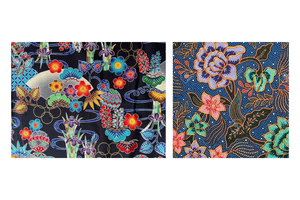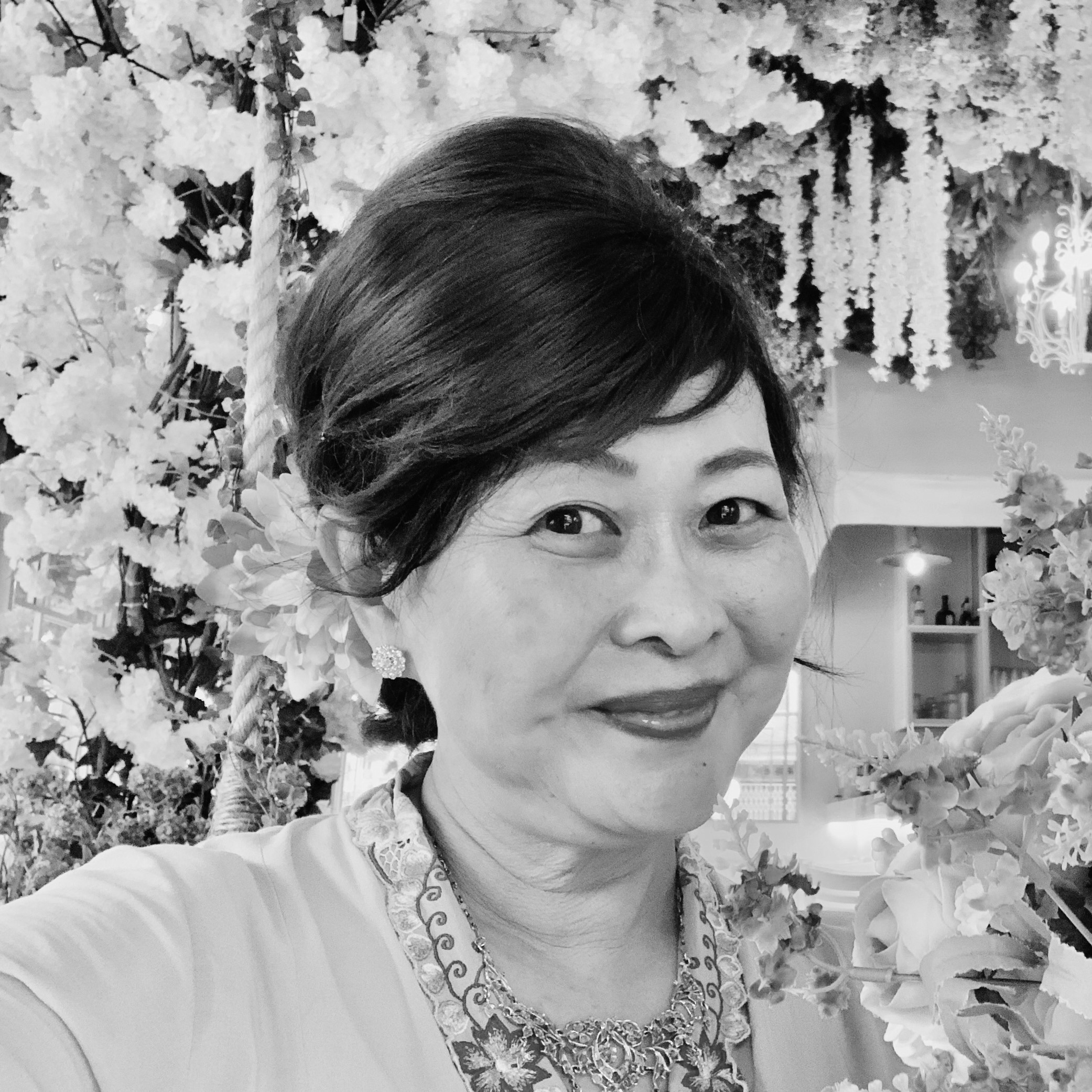OUTSIDE MALAYSIA—in Japan, for example—there is a quiet but growing interest in our local textiles. But what is it about our batik, Nyonya kebaya and baju kurung that captures the interest of fashion enthusiasts in Japan?
In this article, Penang Monthly explores how Japanese and Malaysian textiles overlapped in history. We also speak to several Japanese collectors of Malaysian traditional costumes, and explore how these crafts are being reinterpreted in Japanese fashion.
Textile Crossroads: A Shared Heritage From India to Southeast Asia and Japan
In the 15th century, India began to export chintz, derived from the Hindi word chint, which means “spotted”. The Indian chintz is a colourful, floral-patterned cotton cloth that is hand-painted or woodblock-printed. Before its mass popularity in Europe and North America in the 18th century, the Portuguese had traded in it with China, Indonesia and Japan.[1]




